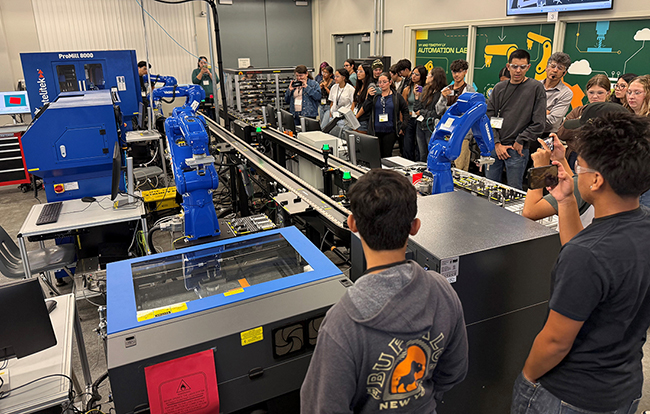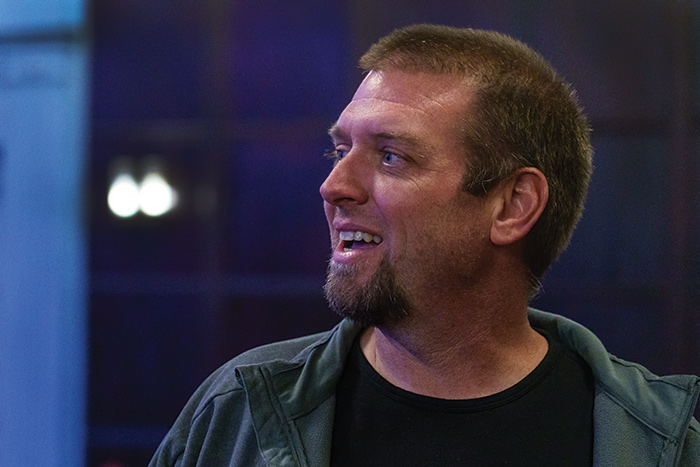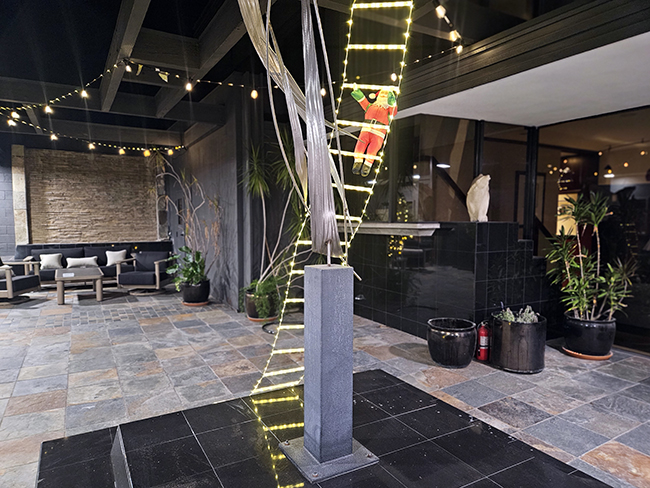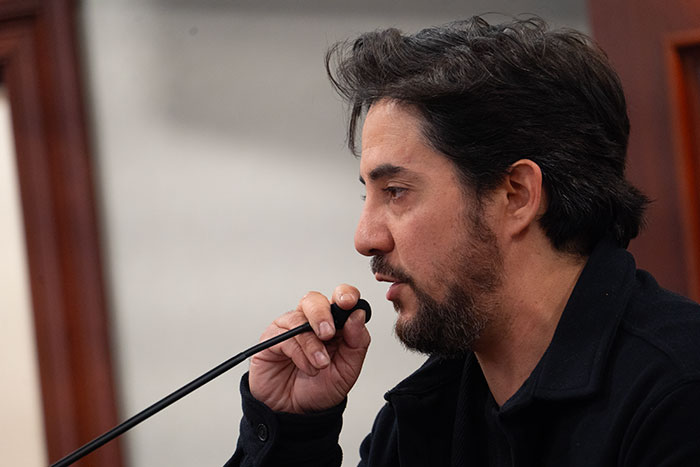The politics of Los Angeles fire management

by Peter Weinberger
It’s hard — if not impossible — to discern the root causes and solutions for managing the Los Angeles fires. At this point, it’s far too early for definitive answers. Yet that hasn’t stopped the flow of mis- and disinformation to the public, making it difficult to know what to believe.
When the fires were raging, President Trump seemed more focused on assigning blame to Governor Newsom and the State of California for alleged poor pre-fire management. The timing of this criticism felt odd, given the widespread public concern and the heroic efforts of first responders and other agencies. It was hardly the morale boost the situation called for.
Although the president initially appeared unwilling to meet with the California governor, Newsom managed to track him down on the tarmac upon Trump’s arrival in Los Angeles. It was refreshing to see them shake hands and exchange words without resorting to finger-pointing.
What sparked enormous public frustration, however, was the GOP’s insistence on attaching unrelated political conditions — like voter ID laws — to the allocation of federal disaster relief funds. While ensuring accountability for the use of federal money is important, playing politics with the lives of people who have lost everything is unnecessary and cruel. Thankfully, it seems this issue has settled — for now.
Los Angeles Mayor Karen Bass is now in the unenviable position of explaining to the president why displaced homeowners cannot return to their properties. While the frustration is understandable, especially given the long wait times cited by some government agencies, those destroyed areas are likely hazardous. They pose significant risks — not to mention the potential for future lawsuits.
Southern California Edison is already facing at least 20 lawsuits, with witnesses and video footage suggesting the Eaton Fire ignited at the base of one of its transmission towers. The utility disputes these claims, arguing that an encampment 300 yards away may have been the source of the blaze. The fire remains under investigation.
Other questions surrounding the fires include whether Pacific Palisades was unprepared due to an empty reservoir that exacerbated water shortages. Some critics point to California’s water management practices, insufficient brush clearing, inadequate building codes, or a lack of preparation for an inevitable and dangerous weather system.
The blame game is in full swing, with many agencies and politicians trying to avoid accountability. Real answers will take time — too much time for many who are desperate to return to their homes.
Amidst the chaos, some facts offer clarity. The weather system that fueled the Los Angeles fires was extraordinarily powerful, with winds reaching 100 mph. No individual, city, or federal department could have entirely mitigated the destruction caused by such conditions. While human factors may have contributed, the finger-pointing and spread of dis- and misinformation continues to overshadow the situation.
Consider the impact of fire on the San Gabriel Mountains north of Claremont. Hikers can no longer climb Mt. Baldy, in part due to the 2,936-acre Vista Fire, which burned right up to the Notch restaurant from the east. To the west, the 56,030-acre Bridge Fire destroyed homes in Baldy Village and burned the landscape all the way past Wrightwood. In the Redlands, San Bernardino area, the Line Fire burned 43,978 acres in September. Residents were fortunate to escape even greater losses. Let’s face it, fire damage is all around us.
Southern California has endured at least three major fires in less than six months. The campaign slogan “Drill, baby, drill!” first gained prominence at the 2008 Republican National Convention. Unfortunately, the reality we now face is “Burn, baby, burn!”










0 Comments